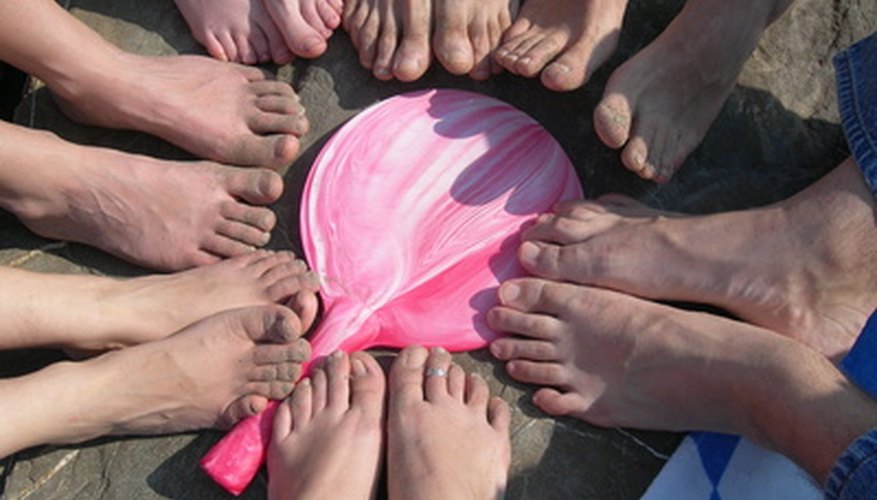Ashiatsu is a Japanese massage that dates back to the 12th century. In Ashiatsu you use your bare feet in a combination of Swedish, Myofascial, and compression manipulations to manipulate the body's meridians (paths of the positive or negative energy that are associated with various parts of the body). It is easily done over clothing and promotes health and well being. Ashiatsu requires balance and good foot coordination as you are massaging and draping with your feet. Broken down, the word "ashi" means foot and "atsu" means pressure. However, various forms of Ashiatsu also utilise knees, elbows, palms, and fingers.
The Universal Energy Force
Ashiatsu involves balancing a person's chi. This is done through stretching, realigning meridians, and structural alignment techniques. In return, this will improve a person's physical, mental, emotional, and spiritual awareness. Not only will patients feel the immediate effects in their bones and muscles, but they will also feel as though their internal organs have been rejuvenated.
- Ashiatsu involves balancing a person's chi.
- Not only will patients feel the immediate effects in their bones and muscles, but they will also feel as though their internal organs have been rejuvenated.
Bar Ashiatsu
Bar ashiatsu is performed standing with the patient on top of the massage table. The massage table must be strong enough to support you and the patient. Bars are usually mounted to the ceiling above the table while the therapist balances themselves by holding onto the bars. However, you are never walking on top of the patient; instead you have one foot on the table while the other foot is massaging the patient. In advanced moves, you are actually hanging from the bars massaging the patient with both of your feet. This requires good upper body strength and balance. In the classroom, portable bars are used, and the instructor discusses the installation of stationary bars.
- Bar ashiatsu is performed standing with the patient on top of the massage table.
- However, you are never walking on top of the patient; instead you have one foot on the table while the other foot is massaging the patient.
Stool Ashiatsu
For therapists who do not have the upper body strength and balance to use the bars, Ashiatsu can also be performed from a stool while the patient is lying on a mat on the floor. This treatment is not as deep as the bar Ashiatsu, but is just as effective. One thing that you must take into consideration is the stool needs to be able to move around the person's body, but must be able to lock so that you are not moving while you are massaging. The stools are used for balance and support. There is a 17-inch stool and a 24-inch stool required depending on height of massage therapist. You do not need a lot of upper body strength to perform Ashiatsu. The floor training is a bit more challenging than the bar routine. But the floor routine has more options like making house calls. Thai massage can be added. No table is needed.
- For therapists who do not have the upper body strength and balance to use the bars, Ashiatsu can also be performed from a stool while the patient is lying on a mat on the floor.
Benefits
In Ashiatsu gravitational force works in conjunction with deep compression strokes applied by the feet and release compressed nerves and tight muscles. Ashiatsu also helps to lengthen the spine and improve posture. This stimulates the lymphatic and circulatory systems.
Training
Training for Ashiatsu is readily available nationwide. Courses begin with the history of Ashiatsu and go on to talk about foot care. Then students are taught the basics of Ashiatsu, such as balance and basic massage strokes using your feet, and progress to advanced techniques. These courses usually involve three eight-hour courses, with more advanced courses after the initial three. Upon the completion of these courses, some institutions require that you give a short Ashiatsu treatment to the instructor.
- Training for Ashiatsu is readily available nationwide.
- Upon the completion of these courses, some institutions require that you give a short Ashiatsu treatment to the instructor.
